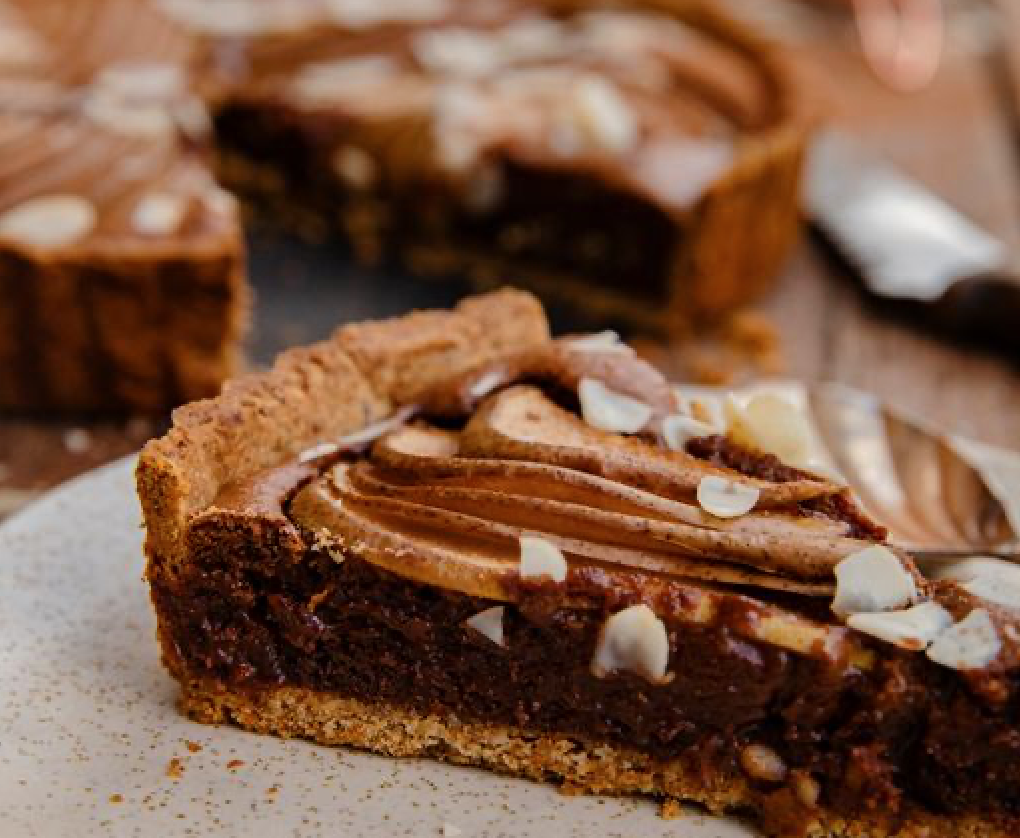If cooking doesn’t come naturally to you, or you don’t feel confident in the kitchen, or are short on time, or just prefer to expend your energy on the tabletop styling instead of the stovetop, or if all of the above apply, then the sentence “come round for a little wine and cheese” was made for you. After all, cheese is always a good idea! And forget the rulebook, just go with what works for you: serve it as a starter to whet the appetite, or as a pre-dessert indulgence, or just give it the attention it warrants and make it the focus of your evening.

Serious aficionados will tell you that spring is the very best season for cheese – it’s when the flavours are at their most mild and delicate, thanks to the animals’ diet of tender greens. Not all of us are lucky enough to be able to buy cheese so fresh and seasonal, but you can still create a sensational cheese plate with a little guidance from Williams-Sonoma.
Which cheese to choose and how many is too many?
You can serve one carefully chosen cheese and let its extraordinary qualities shine, but in general, an assortment of three cheeses offers variety without overwhelming guests. When making your selections, diversity can be created in different ways: cheese age or type (one bloomy rind, one semi-firm, one blue); milk type (one cow’s milk, one goat’s milk, one sheep’s milk); country of origin (one French, one Spanish, one English); or even locale (such as three from the Yarra Valley). Ultimately, you’ll want a range of flavours and textures, from creamy and buttery to crumbly and salty, and a mix of shapes and colours.
Storing & Serving
Cheeses are best freshly cut from the wheel, so where possible avoid buying pre-wrapped pieces. Storage is always a balancing act; cheese must “breathe” or release moisture, but it also needs to stay moist and not dry out. Whenever possible, buy cheeses on the day of serving and keep the wedges at cool room temperature on a board or under a glass dome. When refrigerating, ditch the plastic wrap in favour of waxed paper.
Always let cheese come to room temperature before eating it. This may take up to a couple of hours. Arrange the pieces so that they are easy to cut, such as laying a wedge on its side. Consider making the first cut yourself, as a guide, slicing so that each piece will have a little bit of rind. This helps avoid an empty chunk of rind at the end of serving.
Accompaniments
Choose accompaniments to match the cheese, season, and occasion, keeping flavour and texture in mind. Chutneys, jams, or tapenades are all delicious, even served straight from their small jars. Or try sweet sides like honeycomb or fresh, dried or candied fruits; or salty bites, such as olives, salumi or nuts. Always have plenty of fresh baguette slices or rustic crackers alongside.
Styling Tips
It’s really all about great flat surfaces that encourage guests to dig in, again and again. Marble and slate keep the cheese and fruit cool during service, while wood’s natural warmth enhances the cutting experience. A mix of all three looks gorgeous, too! Leave plenty of space in and around the cheeses, accompaniments and the edge of the board so things don’t get too messy. And give each cheese its own knife: rounded knives are best for spreading luscious, creamy cheeses, and sharp knives are ideal for cutting hard aged cheeses. A cheese knife with tines is perfect for transferring slices to plates. Cheese markers are a thoughtful addition, making each variety seem that little bit more special. A final stylist’s flourish? Edible leaves and even a scattering of edible spring flowers will really bring your display to life.
Still in need of specifics? Try this inspired spring pairing.
Spring Cheese Plate with Apricots and Almonds
Ingredients
180-250 g fresh goat’s milk cheese
180-250 g hard sheep’s milk cheese such as Pecorino pepato or Truffle Pecorino
180-250 g semi-firm cow’s milk cheese such as Toma
2 apricots or peaches, thinly sliced
½ cup (90 g) natural or roasted Australian almonds
To serve:
About 2 hours before serving, remove the cheeses from the refrigerator, unwrap them, and allow them to come to room temperature. When ready to serve, arrange the cheeses, apricot slices, and almonds on a cutting board, marble slab, or platter. Include a spreader for the soft cheeses and a paring knife for each of the other cheeses. Serve with baguette rounds, thin slices of rye bread or crackers. Serves 4-6.
–Head to Williams-Sonoma for lots more foodie (and cheese-related) inspiration, or book yourself into a cooking class in their Bondi Junction Cooking School.

















